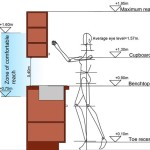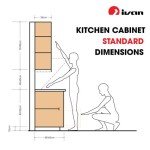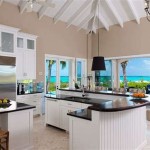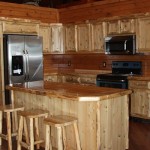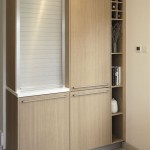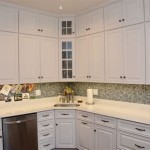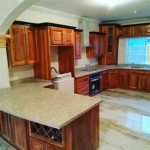Essential Considerations for Basement Kitchen Cabinet Ideas
Basement kitchen cabinets play a pivotal role in the functionality and aesthetics of your subterranean culinary space. When selecting and designing these vital components, several essential aspects demand consideration, ensuring both practical efficiency and enduring style.
This article delves into the core elements that define effective basement kitchen cabinet ideas, providing insights into their impact and offering guidance for informed decisions.
1. Materials: Durability and Aesthetics
The materials used for your basement kitchen cabinets directly influence their durability and aesthetic appeal. Choose materials that withstand moisture, temperature fluctuations, and heavy use, such as solid wood, moisture-resistant MDF, or durable laminates.
Solid wood offers timeless elegance and exceptional durability, while MDF provides cost-effectiveness and flexibility in design. Laminates combine affordability with a wide array of finishes, allowing you to match your existing décor.
2. Functionality: Storage and Accessibility
Basement kitchen cabinets should maximize storage capacity while maintaining accessibility. Utilize pull-out drawers, lazy Susans, and corner organizers to optimize space efficiency. Adjustable shelves allow for customized storage solutions to accommodate items of varying sizes.
Consider the cabinet's depth and height to ensure easy access to frequently used items. Avoid overcrowding shelves or drawers to prevent clutter and maintain a clean, functional workspace.
3. Lighting: Ambient and Task Illumination
Adequate lighting is crucial for a well-lit and inviting basement kitchen. Incorporate ambient lighting to provide overall illumination and task lighting to focus light on specific work areas, such as the sink or countertop.
Under-cabinet lighting illuminates the workspace effectively, reducing shadows and making it easier to prepare meals. Install dimmers to adjust the lighting intensity, creating a warm and inviting atmosphere or a brighter environment for cooking.
4. Style: Personalization and Cohesion
The style of your basement kitchen cabinets should complement the overall design of the space and reflect your personal taste. Choose cabinet doors and hardware that align with the aesthetic you envision, from traditional to contemporary.
Consider the color scheme, textures, and finishes to create a cohesive look. Mix and match different materials, such as wood and glass, to add visual interest and create a unique and personalized space.
5. Ventilation: Moisture and Odor Control
Basement kitchens are prone to moisture and odor issues. Ensure adequate ventilation by installing exhaust fans or range hoods above the cooktop and sink. These devices help remove cooking fumes, excess moisture, and unpleasant odors.
Consider installing vent covers or grilles on cabinet doors to improve airflow and prevent moisture buildup inside the cabinets. This will help preserve the condition of your cabinets and prevent mold and mildew growth.
Conclusion
Designing and selecting basement kitchen cabinet ideas involve careful consideration of essential aspects such as materials, functionality, lighting, style, and ventilation. By understanding the impact of these elements, you can create a practical and aesthetically pleasing space that enhances the functionality and enjoyment of your basement kitchen.

Plan 73345hs 3 Bed Storybook House With First Floor Master Small Basement Kitchen Kitchenette Design

14 Small Basement Kitchen Ideas

20 Kitchen Basement Ideas Kitchenette Bar Pictures Cost Small Design

20 Basement Kitchenette Ideas With Detailed Guideline

Basement Or Bonus Room Kitchenette Kitchen Design

Basement Kitchen Ideas 10 Ways To Make Kitchens Elegant
:max_bytes(150000):strip_icc()/big-room-ff9164dd03bc4bc8831511455a289911.jpeg?strip=all)
33 Basement Kitchenette Ideas For A Stylish Bonus Space

9 Brilliant Basement Kitchen Ideas Harmony Basements

23 Basement Design Organization Ideas Extra Space Storage

Modern Basement Kitchen Reveal 4 Tips To Decorate A Lemon Thistle
Related Posts

